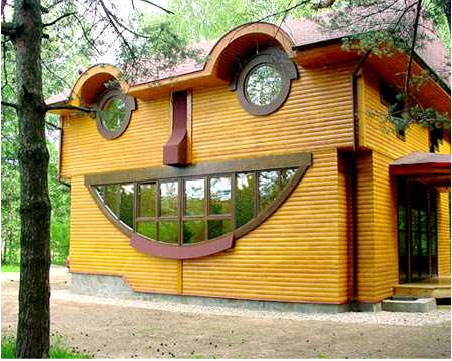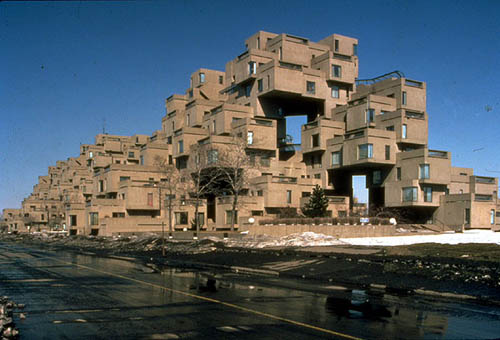
LOS ANGELES (April 15) – Strong sales in higher-cost coastal regions and heated market conditions drove California’s median home price to its highest level in March since May 2008, while inventory shortages continued to stifle home sales, the CALIFORNIA ASSOCIATION OF REALTORS® (C.A.R.) reported.
“While home sales were essentially flat from February, sales declined moderately from last year, as an extreme shortage of available homes continued to dictate the market,” said C.A.R. President Don Faught. “Statewide inventory dropped 36 percent from last March and was below 3 months for the second time in the past few months. Supply conditions are particularly tight in the lower-priced segment of the market, as inventory for homes priced below $300k plunged more than 50 percent from the previous year.”
Closed escrow sales of existing, single-family detached homes in California totaled a revised seasonally adjusted annualized rate of 417,520, according to information collected by C.A.R. from more than 90 local REALTOR® associations and MLSs statewide. March closings were up a slight 0.1 percent from a revised 417,310 in February but down 4.9 percent from a revised 439,260 in March 2012. The statewide sales figure represents what would be the total number of homes sold during 2013 if sales maintained the March pace throughout the year. It is adjusted to account for seasonal factors that typically influence home sales.
The statewide median price of an existing, single-family detached home climbed 13.7 percent from February’s $333,380 median price to $378,960 in March, reversing a two-month decline. The month-to-month increase was the highest since C.A.R. began tracking this statistic in 1979. The March price was up 28.2 percent from a revised $295,630 recorded in March 2012, marking the 13th consecutive month of annual price increases and the ninth consecutive month of double-digit annual gains.
“No doubt the dearth of home listings is driving the upsurge in the median price, as is an increase in sales in the higher-priced segments,” said C.A.R. Vice President and Chief Economist Leslie Appleton-Young. “Sales of homes priced $500,000 and higher are up more than 34 percent from last year, and have been on a rising trend since early 2012. Sales growth in the coastal regions – Marin, Orange, San Diego, and San Luis Obispo, in particular – helped push the statewide median price up to the highest level in more than four years.”
Other key facts of C.A.R.’s March 2013 resale housing report include:
• The available supply of homes for sale fell significantly in March, falling to a 2.9-month supply, as measured by C.A.R.’s Unsold Inventory Index. The March Unsold Inventory Index for existing, single-family detached homes was down from 3.6 months in February and down from 4.2 months in March 2012. The index indicates the number of months needed to sell the supply of homes on the market at the current sales rate. A six- to seven-month supply is considered normal.
• Mortgage rates edged up in March, with the 30-year fixed-mortgage interest rate averaging 3.57 percent, up from 3.53 percent in February but down from 3.95 percent in March 2012, according to Freddie Mac. Adjustable-mortgage interest rates also edged up, averaging 2.63 percent in March, up from 2.61 percent in February but down from 2.77 percent March 2012.
• Homes continued to move off the market faster in March, with the median number of days it took to sell a single-family home decreasing to 29.4 days in March, down from 34.2 days in February and down from a revised 52.2 days for the same period a year ago.
Multimedia:
• Unsold Inventory by price range.
• Change in sales by price range.
• Share of sales by price range
Note: The County MLS median price and sales data in the tables are generated from a survey of more than 90 associations of REALTORS® throughout the state, and represent statistics of existing single-family detached homes only. County sales data are not adjusted to account for seasonal factors that can influence home sales. Movements in sales prices should not be interpreted as changes in the cost of a standard home. The median price is where half sold for more and half sold for less; medians are more typical than average prices, which are skewed by a relatively small share of transactions at either the lower-end or the upper-end. Median prices can be influenced by changes in cost, as well as changes in the characteristics and the size of homes sold. Due to the low sales volume in some areas, median price changes in March may exhibit unusual fluctuation. The change in median prices should not be construed as actual price changes in specific homes.
Leading the way…® in California real estate for more than 100 years, the CALIFORNIA ASSOCIATION OF REALTORS® (www.car.org) is one of the largest state trade organizations in the United States with 155,000 members dedicated to the advancement of professionalism in real estate. C.A.R. is headquartered in Los Angeles.
Read more
For all your real estate neeeds
Call or email:
John J. O’Dell Realtor® GRI
Real Estate Broker
Civil Engineer
General Contractor
O’Dell Realty
(530) 263-1091
Email jodell@nevadacounty.com
DRE# 00669941









































